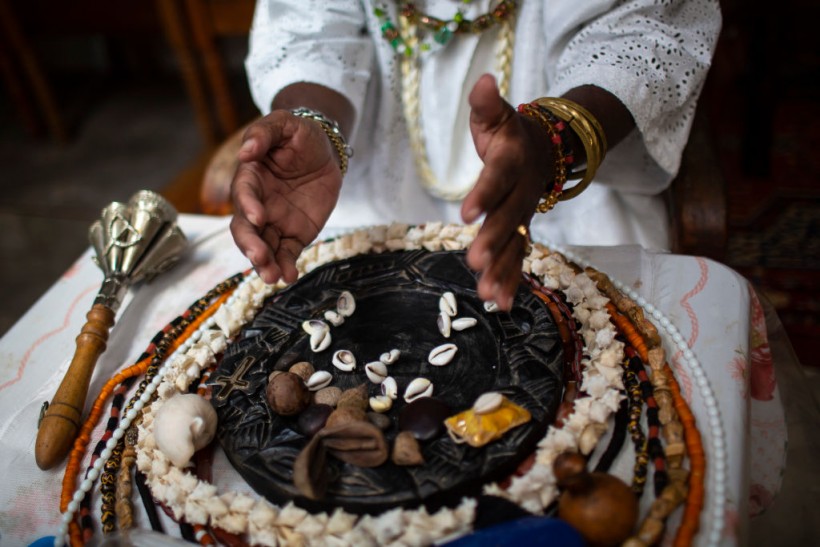Brazil's Candomble: History, Beliefs of the Afro-Brazilian Religion

African slaves developed the Afro-Brazilian religion called Candomble in Brazil during the 19th century. Brazil is one of the countries in the Latin America region with the largest black African populations in the world, following Nigeria.
More than half of the citizens of Brazil define themselves as black or mixed-race, called as Afro-Brazilian, NPR reported.
As a result, Afro-Brazilian cultural practices have influenced the Brazilian society, including its music. Samba and rap are examples of black culture now seen in Brazil.
Some of the Afro-Brazilian culture experienced in Brazil are manifested in its festivities, such as Carnaval and the martial arts Capoeira.
READ NEXT: Colombia: 5 Famous Religious Sites to Visit
Afro-Brazilian Religion Candomble in Brazil
The history of the Afro-Brazilian religion Candomble started with the first arrivals of slaves from the Congo, Angola, and Mozambique, who were known to worship ancestral spirits, in 1570.
Some slaves managed to escape. It resulted in some communities being created and coming into contact with other native Brazilian Indian elders and witch doctors, according to Pilot Guides.
These elders and witch doctors took part in joint sessions and as a result the two parties received both Indian and African spirits. They also shared each other's myths and knowledge of medicinal herbs.
Slaves from Nigeria, Benin, and Togo were brought to Brazil following the smallpox plague in Angola, resulting in more African cultures incorporated into Brazil's culture.
Candomble is developed in Salvador in Brazil's Bahia state but is practiced in different forms throughout South America and West Africa.
The Afro-Brazilian religion is considered to be one of the fastest-growing and most popular religions in Brazil, with ceremonies being conducted in the Yoruba language of West Africa.
The said religion combines the beliefs of African tribes and Brazilian Indian witch doctors.
Candomble Beliefs and Practices
Those who practice the Afro-Brazilian religion believe that there is one all-powerful god, supplemented by lesser deities. Individual initiates have their personal guiding deity, who can act as both an inspiration and protector.
In Candomble, there is no concept of good or evil but only believes in individual destiny. Women practicing this religion wear traditional dress, which is white, multi-layered skirts, and headscarves,
According to Britannica, the color white is a symbol of the spiritual teachings of the Candomble faith. The bright traditional dress also symbolizes the liberation from foreign rule and slavery.
The religion believes there is a greater chance of the goddess being present at high tide, with her presence often felt near the lighthouse, where she is said to seduce local fishermen.
Candomble believers also perform a ritual dance in the temple, wherein both the male and female dancers smoke cigars to honor their Native American ancestors who were familiar with tobacco consumption.
Iya Nasso, who was half-Nigerian and half-Brazilian, first founded the first Candomble temple in the 19th century in Salvador.
The group leader is a black woman who communicates with spirits through divination, per tradition.Candomble was first suppressed in the 19th century and only practiced openly until the 1970s.
READ MORE: Maya Civilization's Surprising Contributions to the Modern Latin America
This article is owned by Latin Post.
Written by: Mary Webber
WATCH: Brazil Religion: Candomble and Umbanda Worshipers Under Attack - From TRT World
Subscribe to Latin Post!
Sign up for our free newsletter for the Latest coverage!














